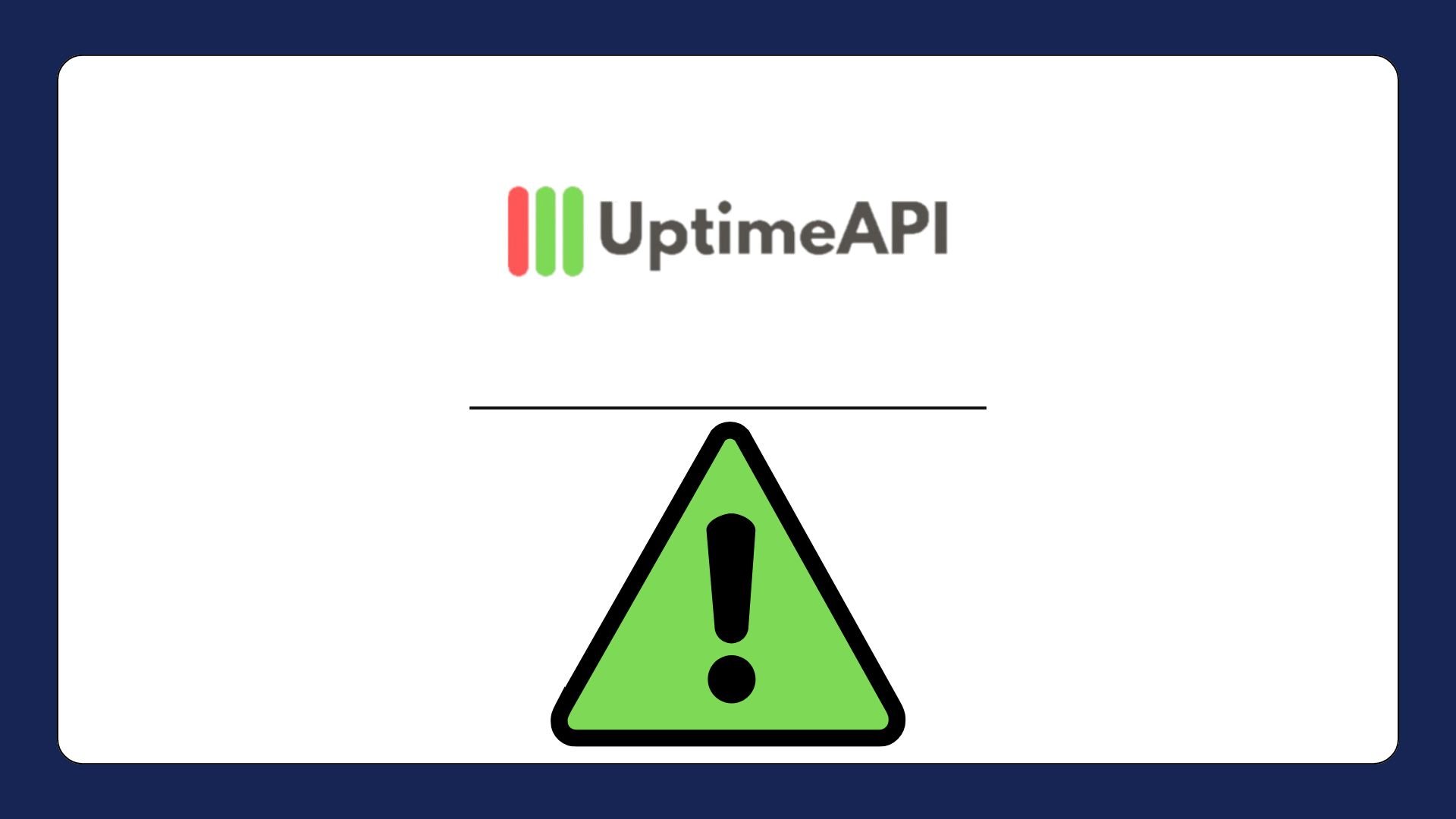API Performance Monitoring Tool For Your Business

As more businesses and developers rely on APIs to power their apps, monitoring API performance becomes crucial. Without it, you risk poor user experiences, disrupted services, and ultimately financial loss. In this situation, a useful API performance monitoring tool, like Uptime API, may assist you in maintaining optimal service levels and provide you with the most recent data on the operation and condition of your API.
Key Features of Uptime API
Uptime API is a powerful tool specifically designed to help developers and businesses monitor the performance of their APIs in real time. In an era where digital services rely heavily on APIs to function seamlessly, ensuring consistent uptime and optimal performance is crucial. Uptime API acts as a guardrail, providing comprehensive monitoring, advanced alerting systems, and insightful reports that enable businesses to stay ahead of potential issues before they impact users.
- One of the standout features of Uptime API is its ability to provide 24/7 real-time monitoring. Unlike manual checks or periodic reviews, this tool offers continuous oversight, ensuring that your API's performance is constantly being tracked. Whether you're concerned about uptime, latency, or error rates, the API provides real-time data that allows you to react swiftly to any anomalies. This type of proactive monitoring is essential in industries where even a few seconds of downtime can result in significant disruptions.
- As its name suggests, this API excels at tracking the uptime of your API. It continuously checks the API’s availability and provides detailed reports on its uptime percentage over a specific period. This feature is particularly important for businesses that must meet certain Service Level Agreements (SLAs) or for those that need to guarantee high availability to their customers. With Uptime API, you can ensure that your API’s uptime remains high, reducing the risk of service interruptions that could cost your business money or damage its reputation.
- Uptime API goes beyond simply checking if your API is up or down. It tracks a variety of critical performance metrics, including response time, latency, and error rates. This allows you to get a complete picture of how your API is performing at all times. By regularly reviewing these metrics, you can pinpoint any performance bottlenecks and make informed decisions on how to optimize your API for better speed and reliability.
- Another crucial aspect of Uptime API is its highly configurable alert system. Rather than overwhelming your team with constant alerts, Uptime API lets you customize notifications based on specific thresholds that you define. For example, you can set alerts to trigger if your API’s response time exceeds a certain limit, if the uptime falls below a set percentage, or if error rates spike unexpectedly. Notifications can be sent through multiple channels, including SMS, email, and webhooks, ensuring that your team is always informed, no matter where they are. This type of proactive alerting ensures that issues are detected and addressed before they escalate into more significant problems.
Conclusion: Ensuring Optimal Service
In conclusion, ensuring the optimal performance of your API is not just about preventing downtime—it's about providing a seamless, high-quality experience for your users. Uptime API offers a comprehensive solution for monitoring and maintaining API performance, from tracking uptime to offering real-time insights that enable proactive management.
Choosing the right API Performance Monitoring Tool is crucial for businesses that rely on APIs to deliver mission-critical services. Uptime API stands out with its robust features, user-friendly interface, and ability to provide actionable insights that enhance service reliability. By utilizing Uptime API, you can guarantee that your API remains fast, reliable, and optimized for your business needs—ensuring that your customers always receive the best possible experience.

